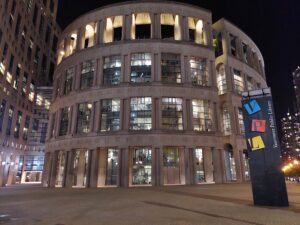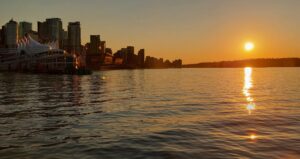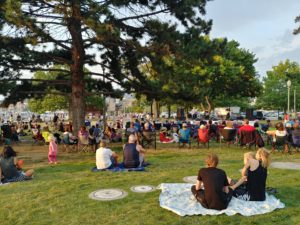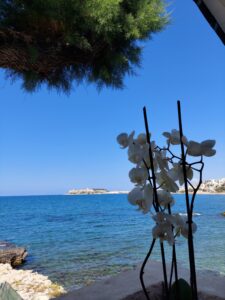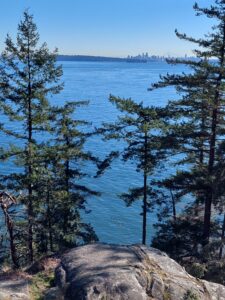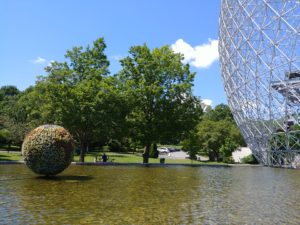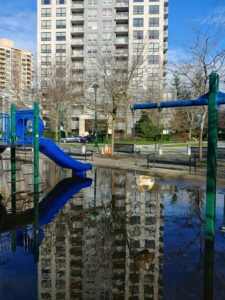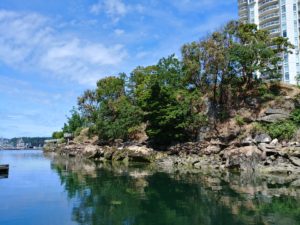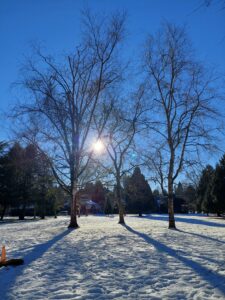Repost from: The Conversation. Published: June 11, 2020 3.40pm EDT
By: Ryan Plummer, Professor, Environmental Sustainability Research Centre, Brock University; Darby McGrath, Adjunct professor, Environmental Sustainability Research Centre, Brock University; and Sivajanani Sivarajah, Research Associate, Department of Architectural Science, Ryerson University
The COVID-19 pandemic has forced governments to weigh the benefits of keeping green spaces open against the public health concerns that come from their use. During the pandemic, playgrounds have been taped off, parks locked and access to outdoor spaces for recreation cut off.
Green spaces have positive effects on mental health, physical fitness, social cohesion and spiritual wellness. Although researchers say the coronavirus spreads more easily indoors than outdoors, they also believe the concentrated use of green spaces will increase the transmission of COVID-19.
As cabin fever set in and governments began to ease restrictions, those living in urban areas have turned, en masse, to green spaces. Urban nature has been a source of resilience for many during COVID-19. But the outcome has been disconcerting. COVID-19 has highlighted the inadequacy of green space for the dense populations of cities. It also reinforces existing inequities regarding unequal access to parks in term of size and quality.
Human benefits only part of the story
Natural features and diverse urban forests are essential for cities to be more resilient and resistant to future challenges, such as invasive species. They are also imperative to how cities can prepare for climate change emergencies by helping manage stormwater, heat stress and air quality.
Cities around the world can make incremental adjustments and take on radical overhauls to improve their green spaces. Some cities have already started.
Urban green space patches are critically important — and always have been — for biodiversity conservation. But only recently do we seem to appreciate their value and presence. In fact, research has shown that gazing at trees has psychological benefits. Improving green spaces means making use of traditionally grey infrastructure spaces and infusing them with green.
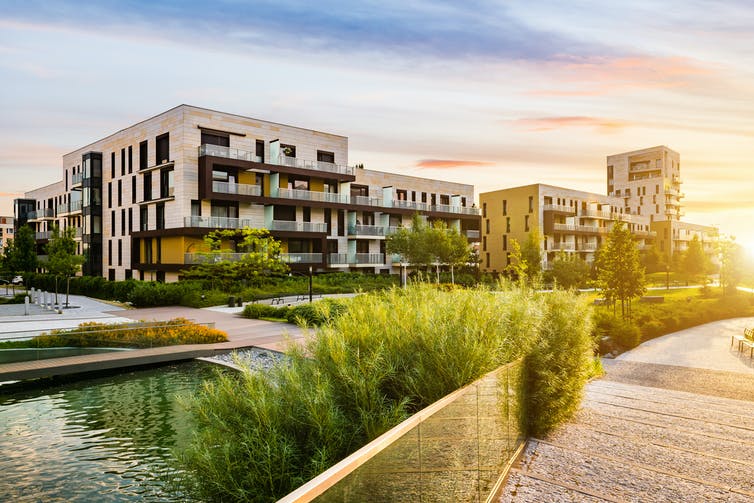
To do this properly, cities need to adopt an ecosystem planning approach that incorporates nature-based design to make them more liveable and resilient. It also means managing cities as ecosystems.
In our field of ecosystem restoration, we talk about patch size and quality, corridors and matrices of green space when we assess landscapes for their ability to support biodiversity. Cities that map these spaces are finding increasing trends (e.g. community stewardship, tree planting initiatives) connecting people and nature. Some cities map the green dots of tree canopy cover to ensure the urban forest is well-managed and to prepare for consequences of climate change.
For example, one analysis found Toronto lacked permeable surfaces and growing space on public land, making it difficult for the city to meet its tree canopy target of 40 per cent coverage by 2050, part of its commitment to the local economy and better equip Toronto to face the effects of climate change.
Continued investments and partnerships with community and stewardship groups has allowed Toronto to increase canopy cover on private land to about 28 per cent. This connect-the-dots approach can be applied incrementally to increase the availability of green space within neighbourhoods that possess both the need and desire to grow their urban canopy.
Incremental adjustments are not enough
More radical approaches to landscape design move beyond reactively adding green space to existing grey infrastructure. Instead, decision-makers can prospectively develop landscapes with the benefits of plants and soil in mind.
Even when such aspirational policies and plans exist, they may fail because the tools that guide the implementation of ecosystem-based urban plans are often missing. Components of green space design are overlooked because they are quite literally out of sight and therefore out of mind. For example, the specifications for soil quality and quantity are critical to green and blue infrastructure (vegetation and water elements, respectively) are usually insufficient to support nature-based designs.
The success stories of large-scale green-blue infrastructure design have something in common: they consider ecosystem services — the benefits that humans obtain from ecosystems — first and often.
Utrecht, Netherlands, is an excellent example of the resilience nexus that occurs when applying new design principles that support climate adaptation and contribute to a healthy, liveable urban environments. The city has incorporated green-blue infrastructure goals its plans since 2007, and the legacy of this mindset is already obvious.
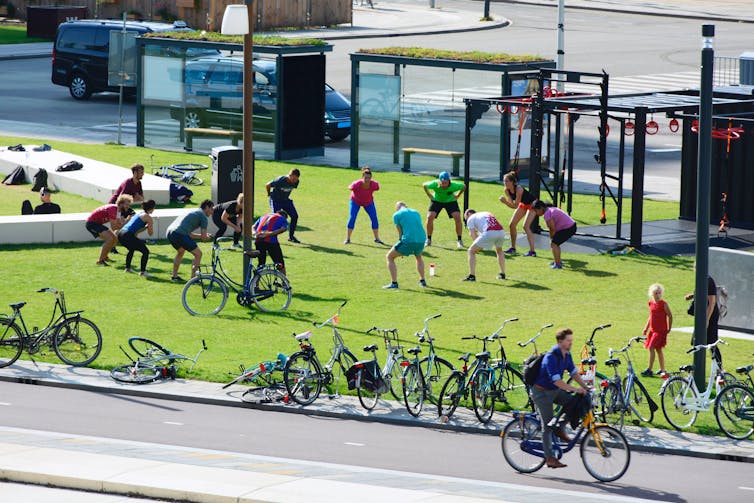
Within a fixed city boundary and an increasing urban population, green space per household increased 24 per cent between 2009 and 2014. There are other measurable benefits too: trees have made streets more aesthetically appealing and more comfortable on hot days. And by mapping ecosystem services, Utrecht city officials confirmed that green spaces could be easily accessed from any part of the city.
In North America, ecosystem services are certainly gaining more attention. A key lesson from Utrecht is that cities must commit to planning using an ecosystem approach if they want healthy, liveable cities that improve biodiversity and support climate adaption.
As we navigate the next few months and try to determine what the new normal looks like, cities and municipalities will begin to determine what is feasible. COVID-19 has taught us that availability and accessibility of green space is inadequate. Perhaps as we re-emerge from this crisis, it is the opportune time to pause and consider what is possible.





